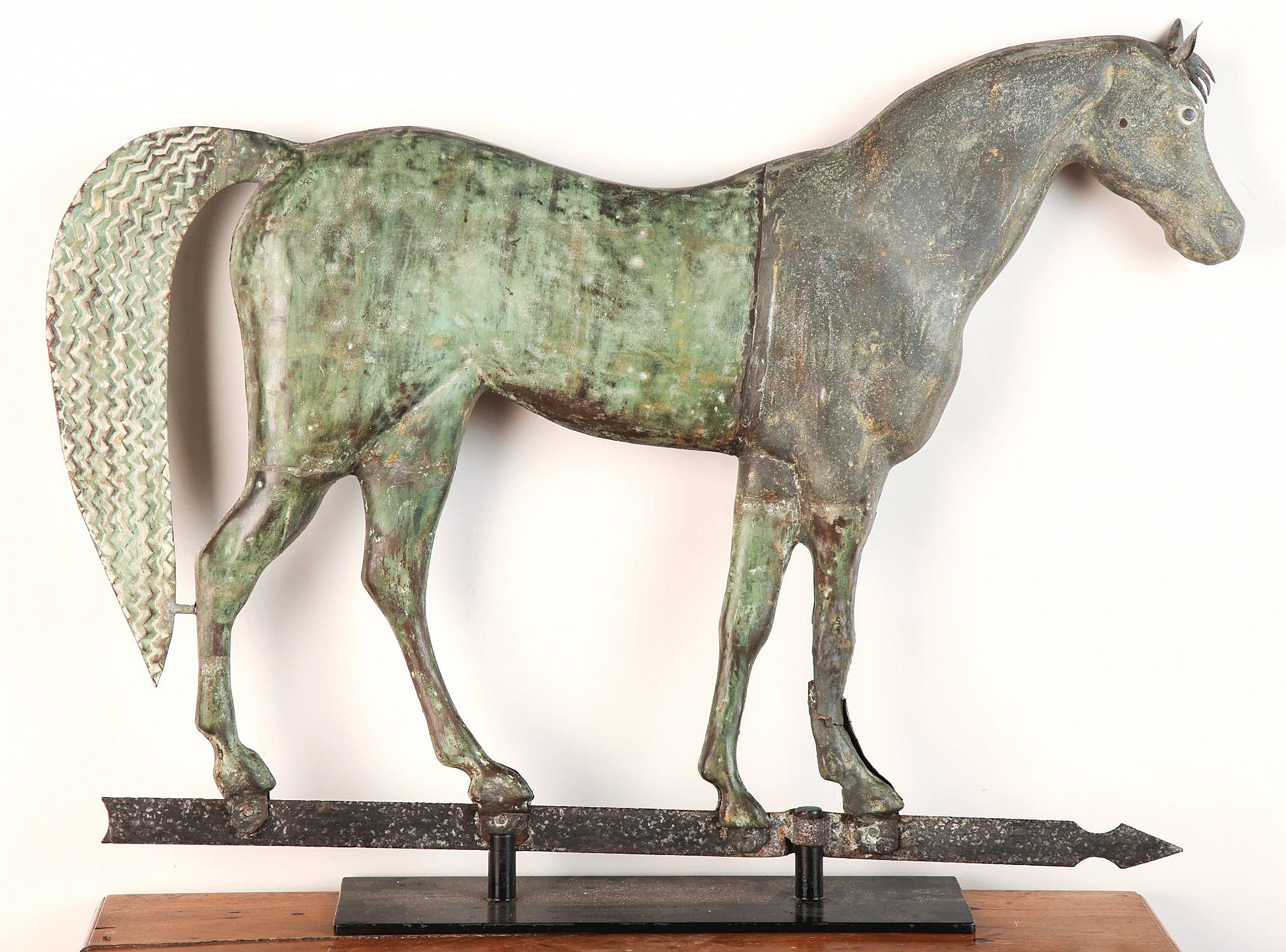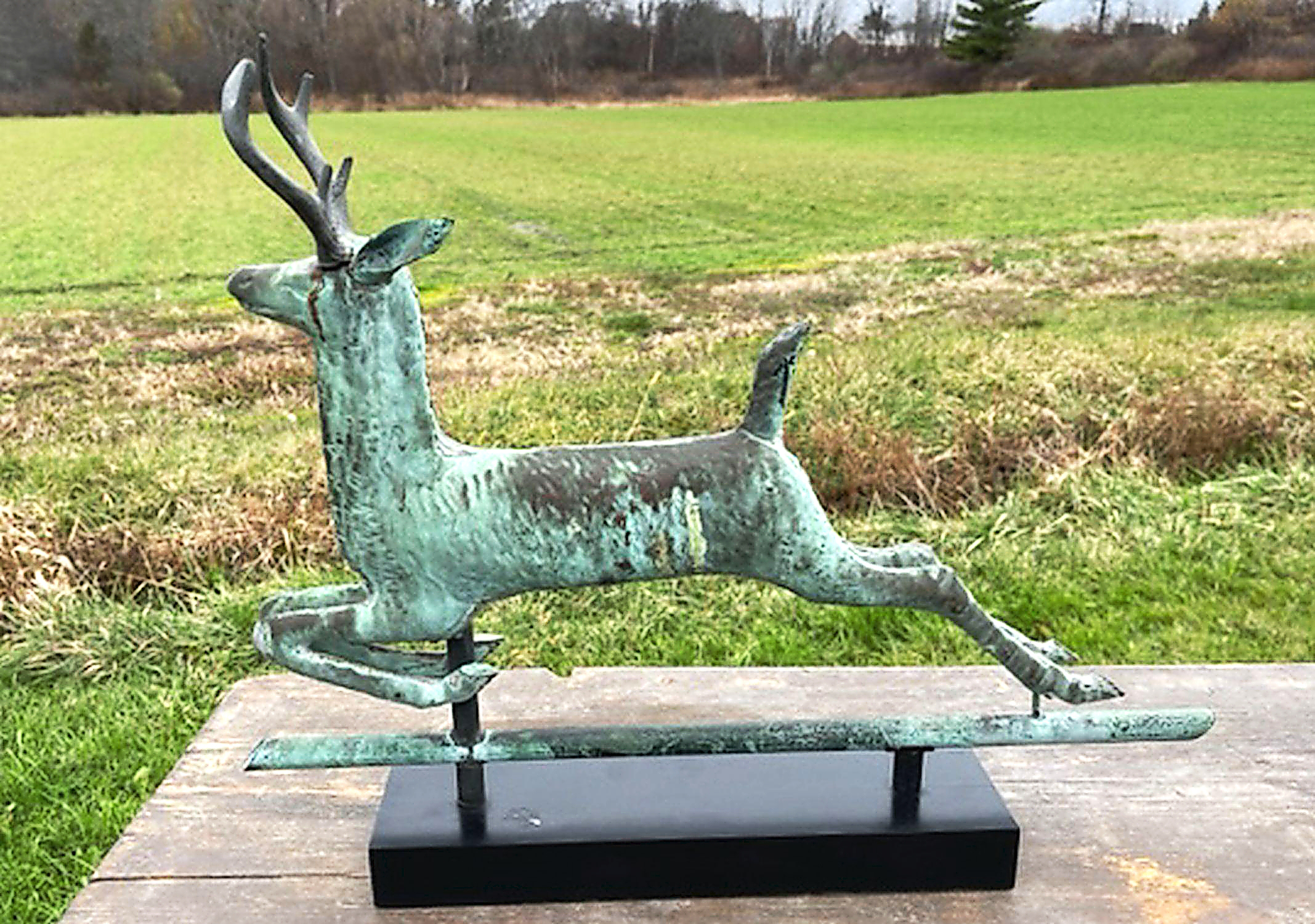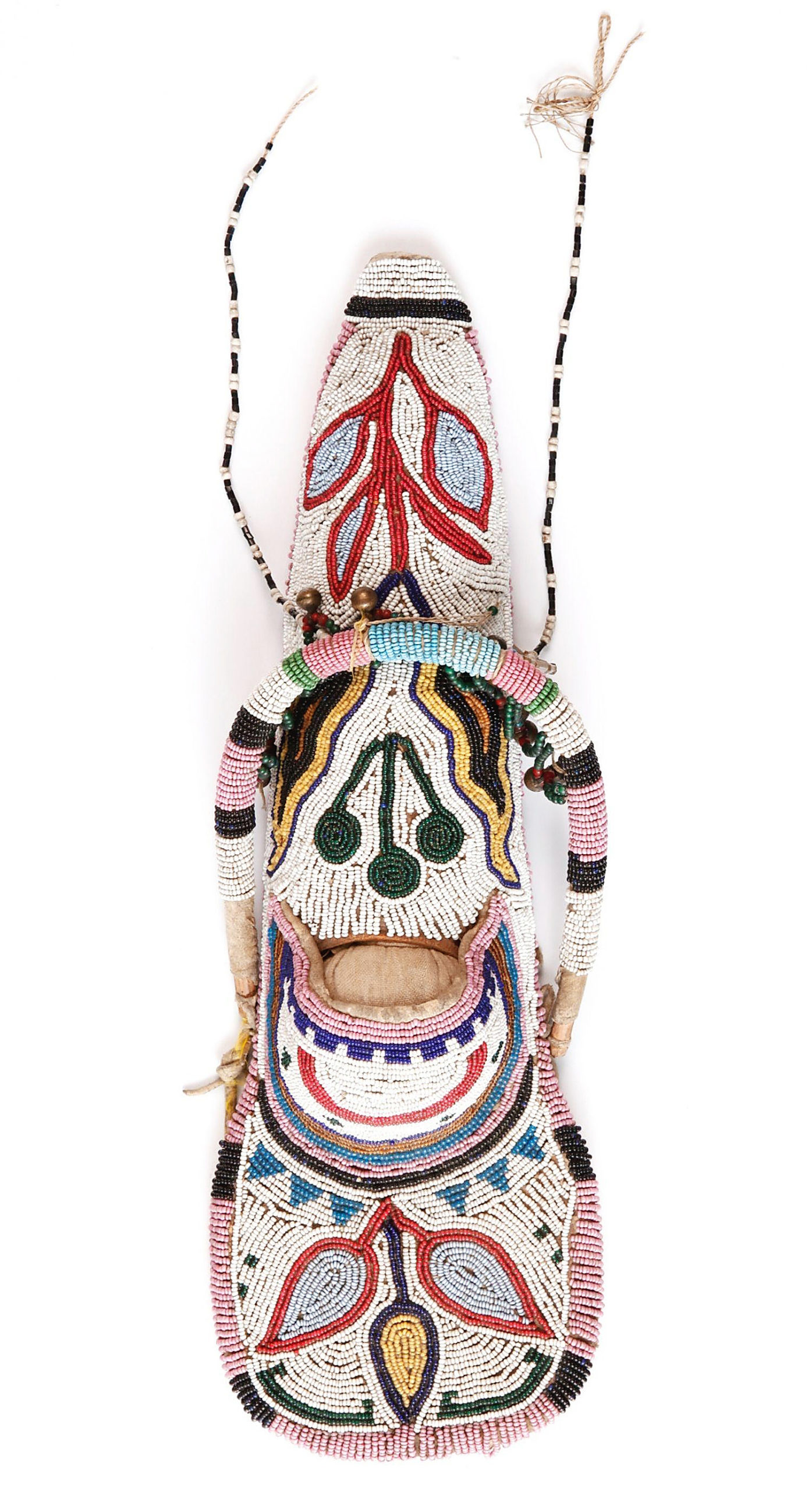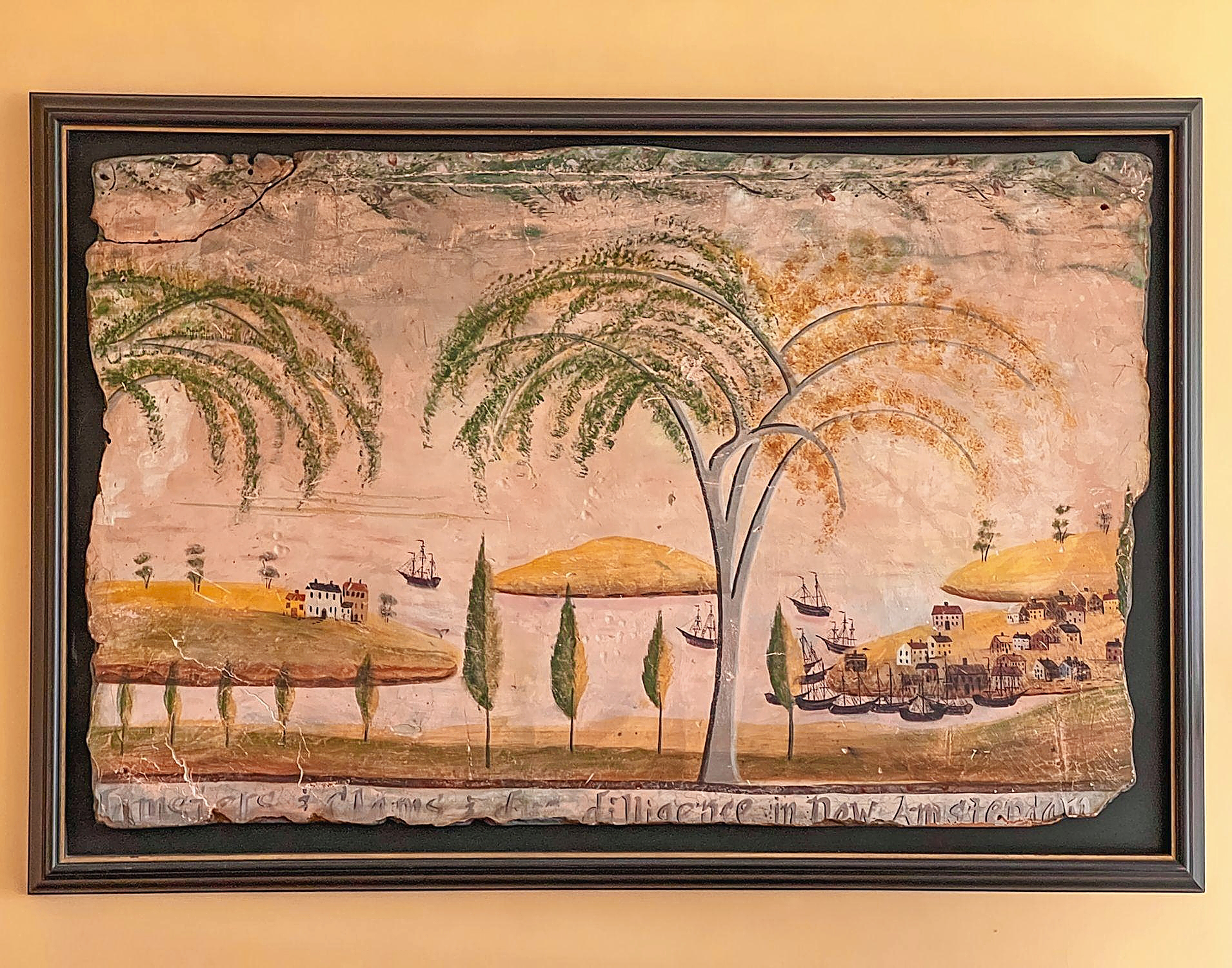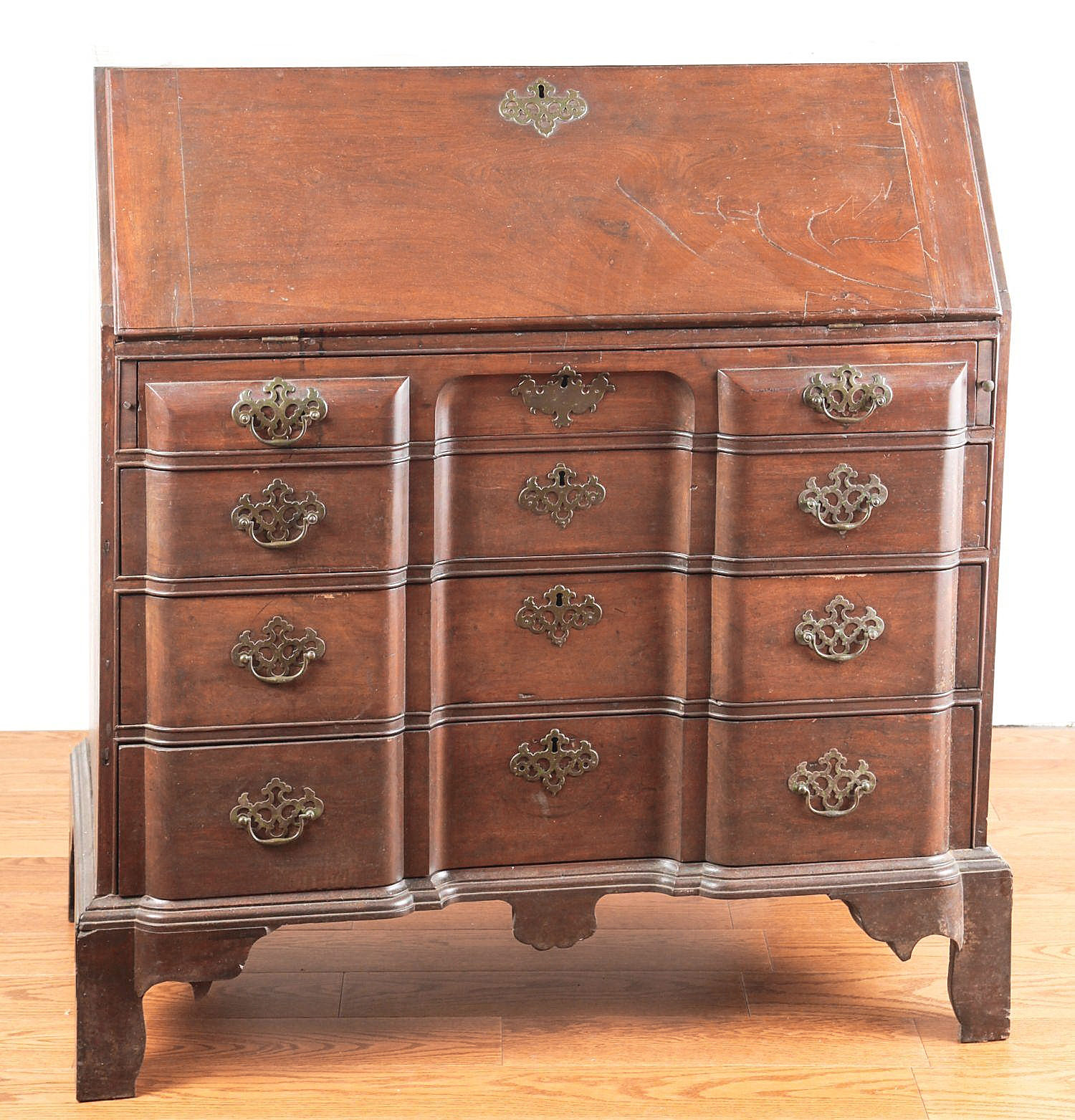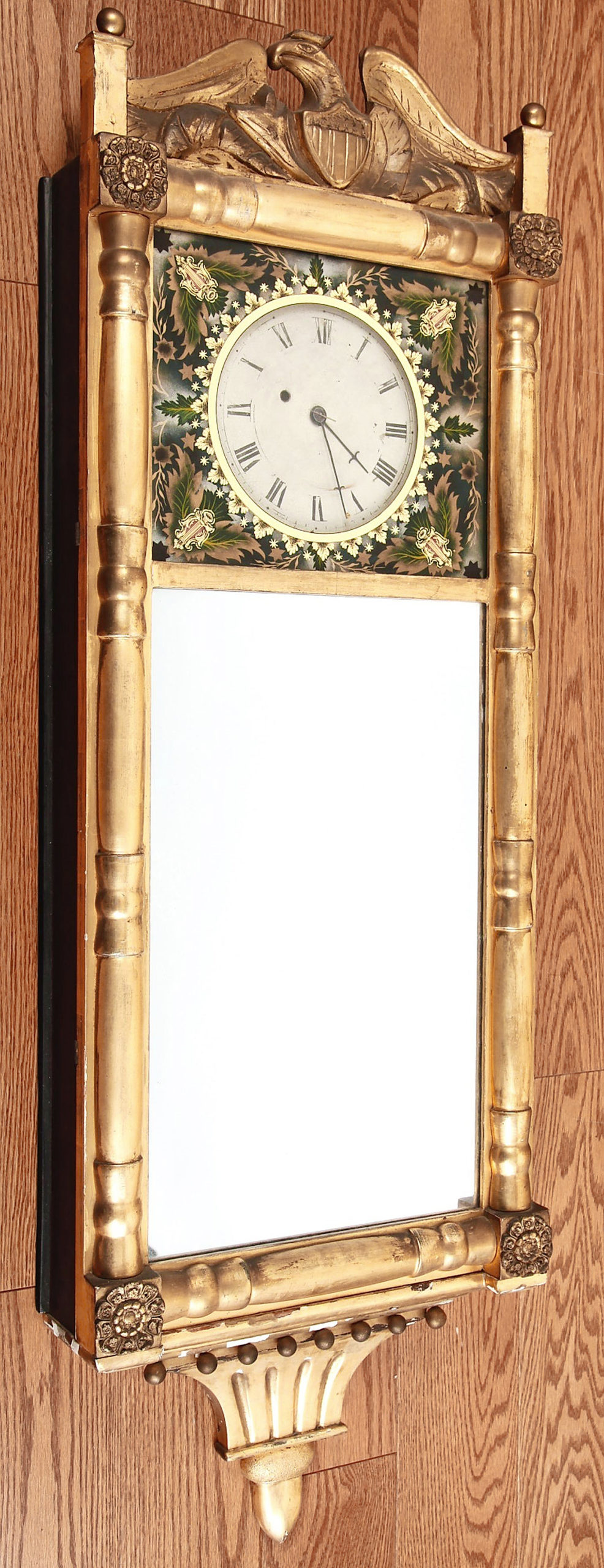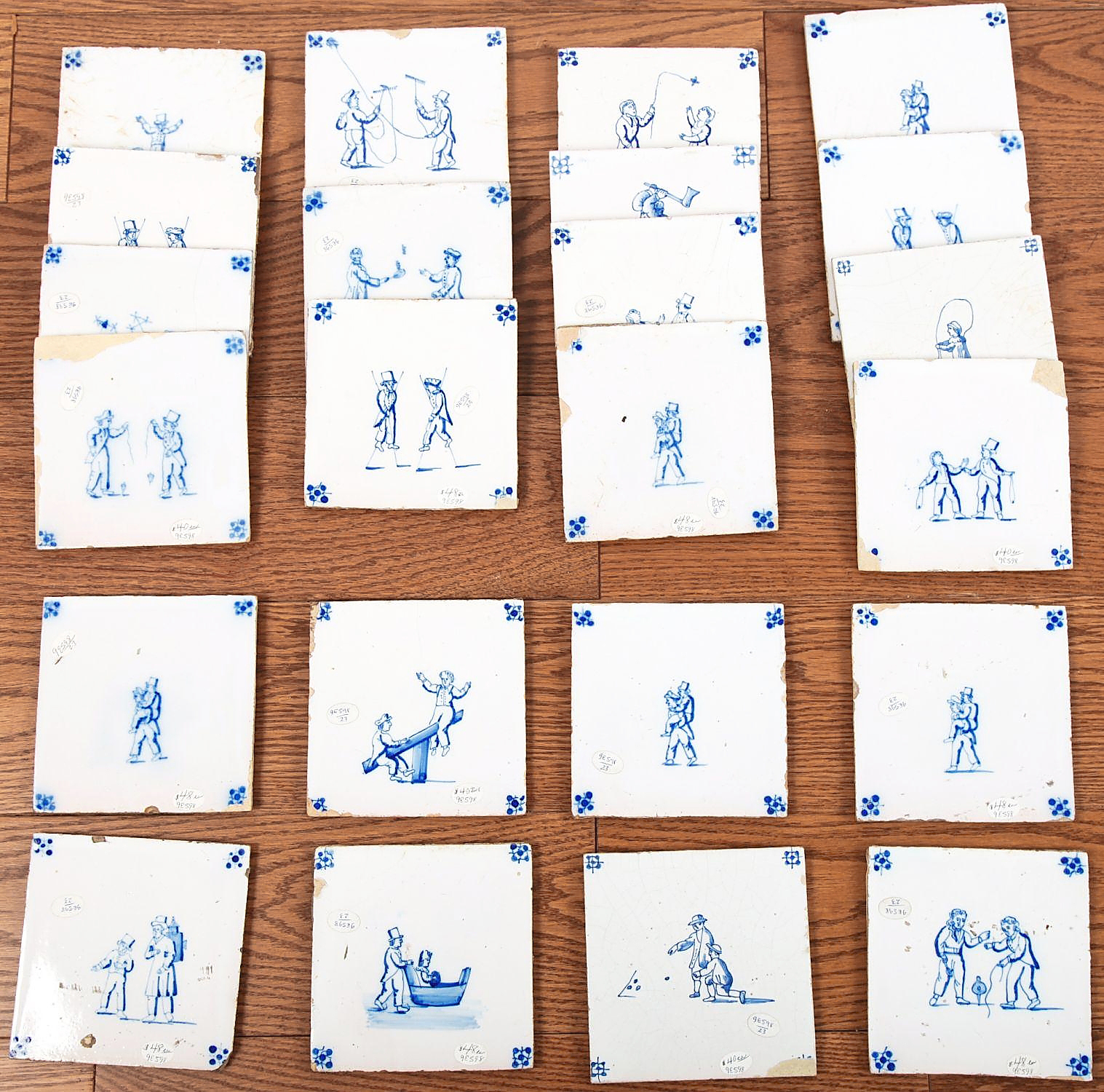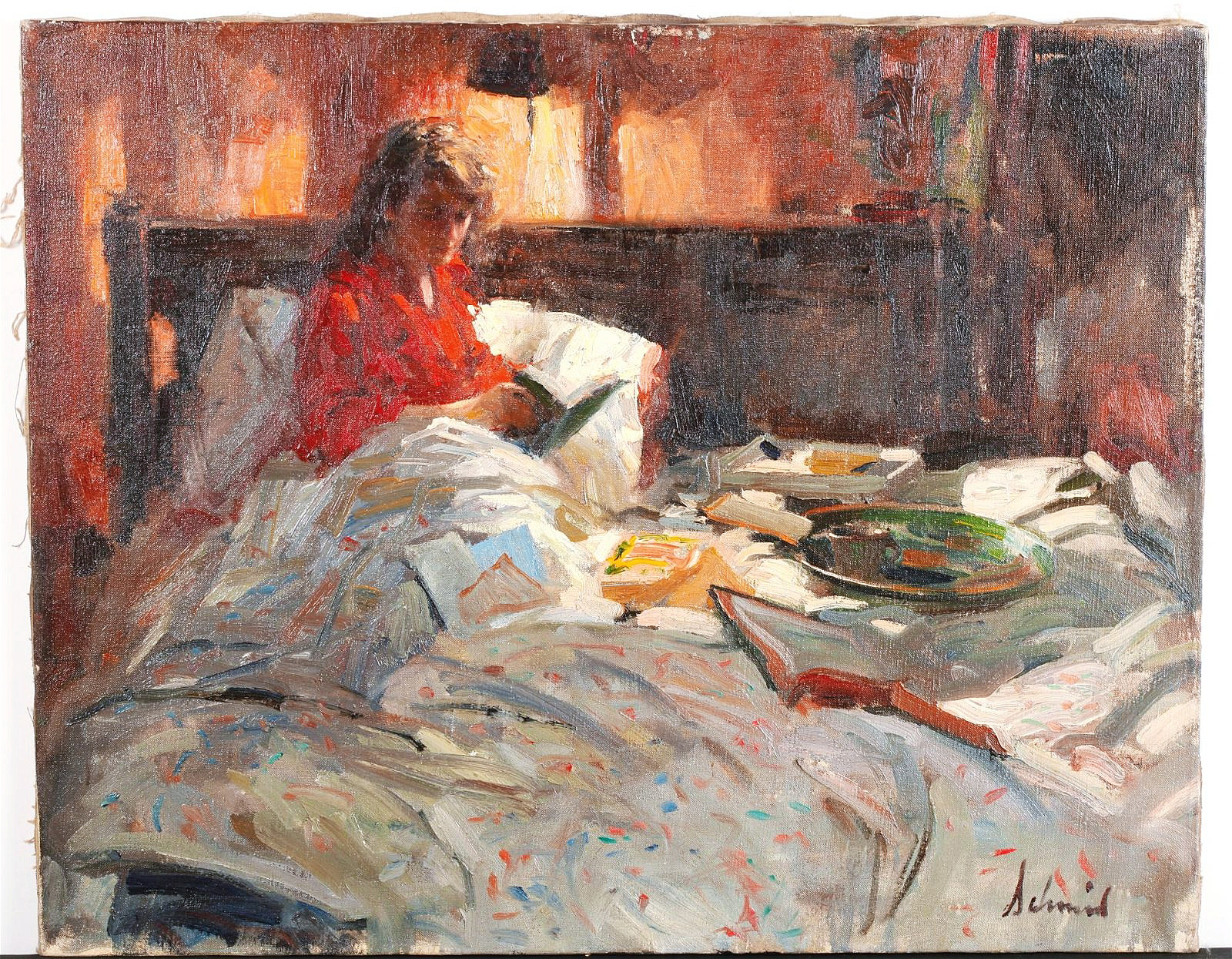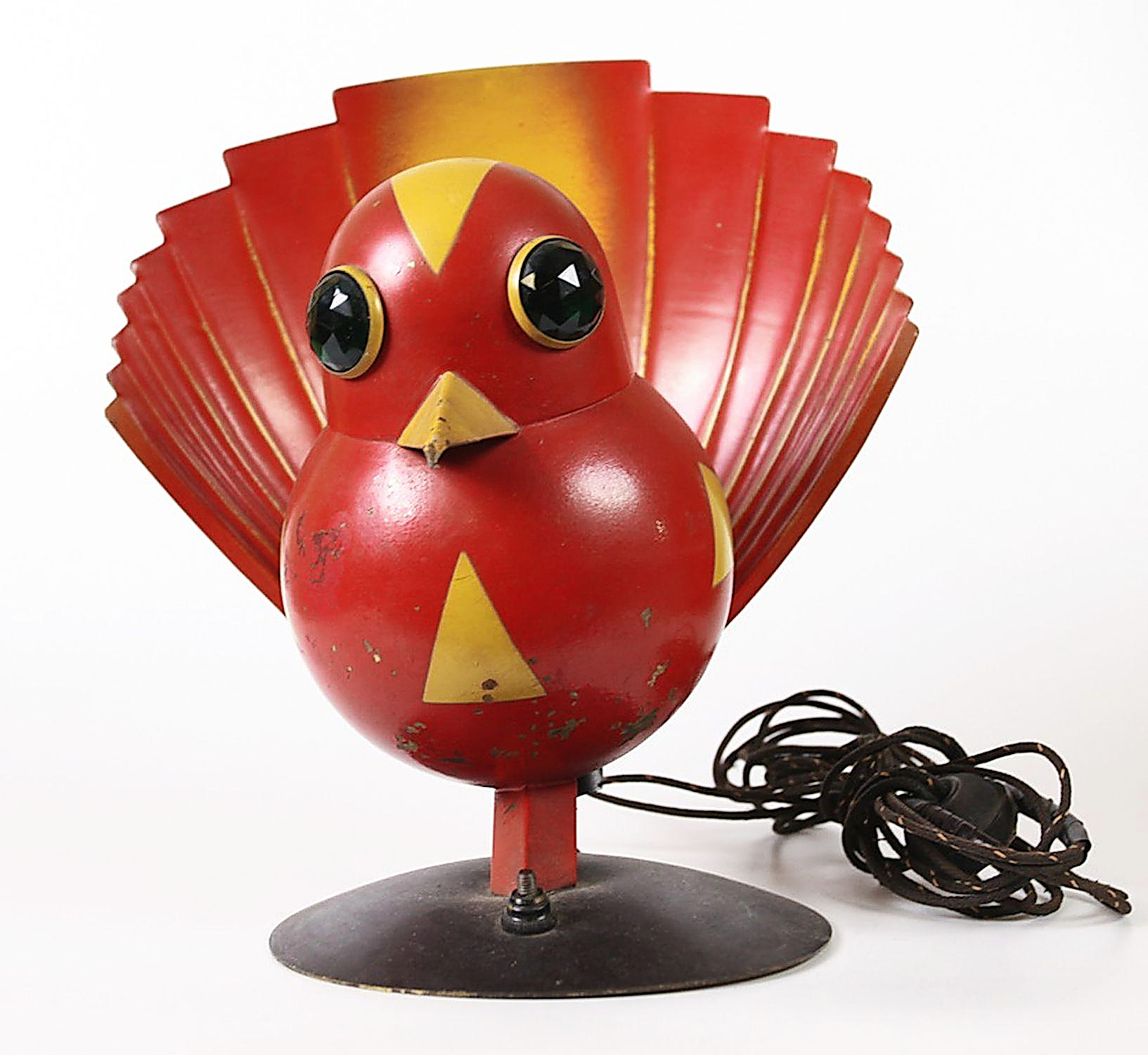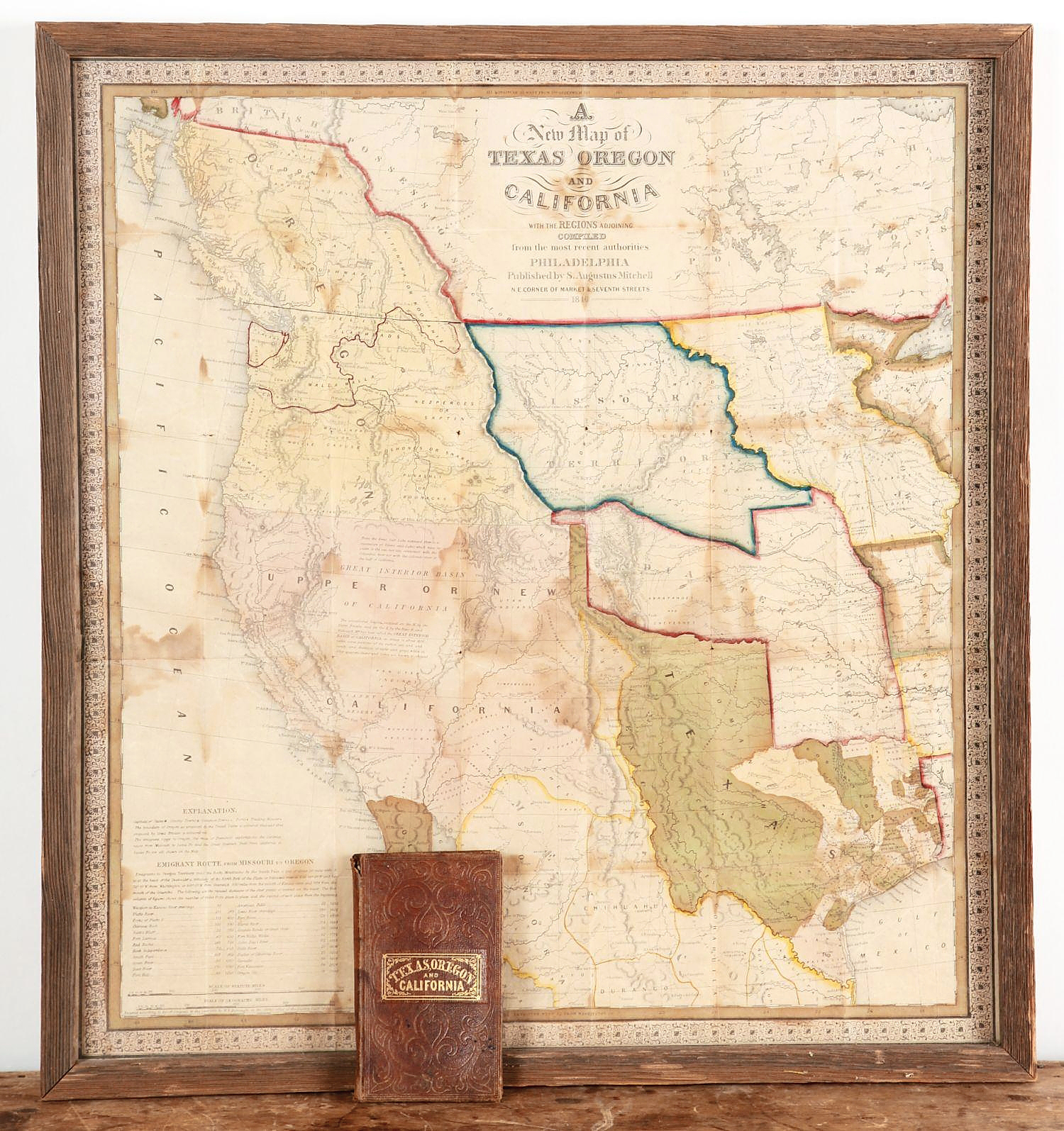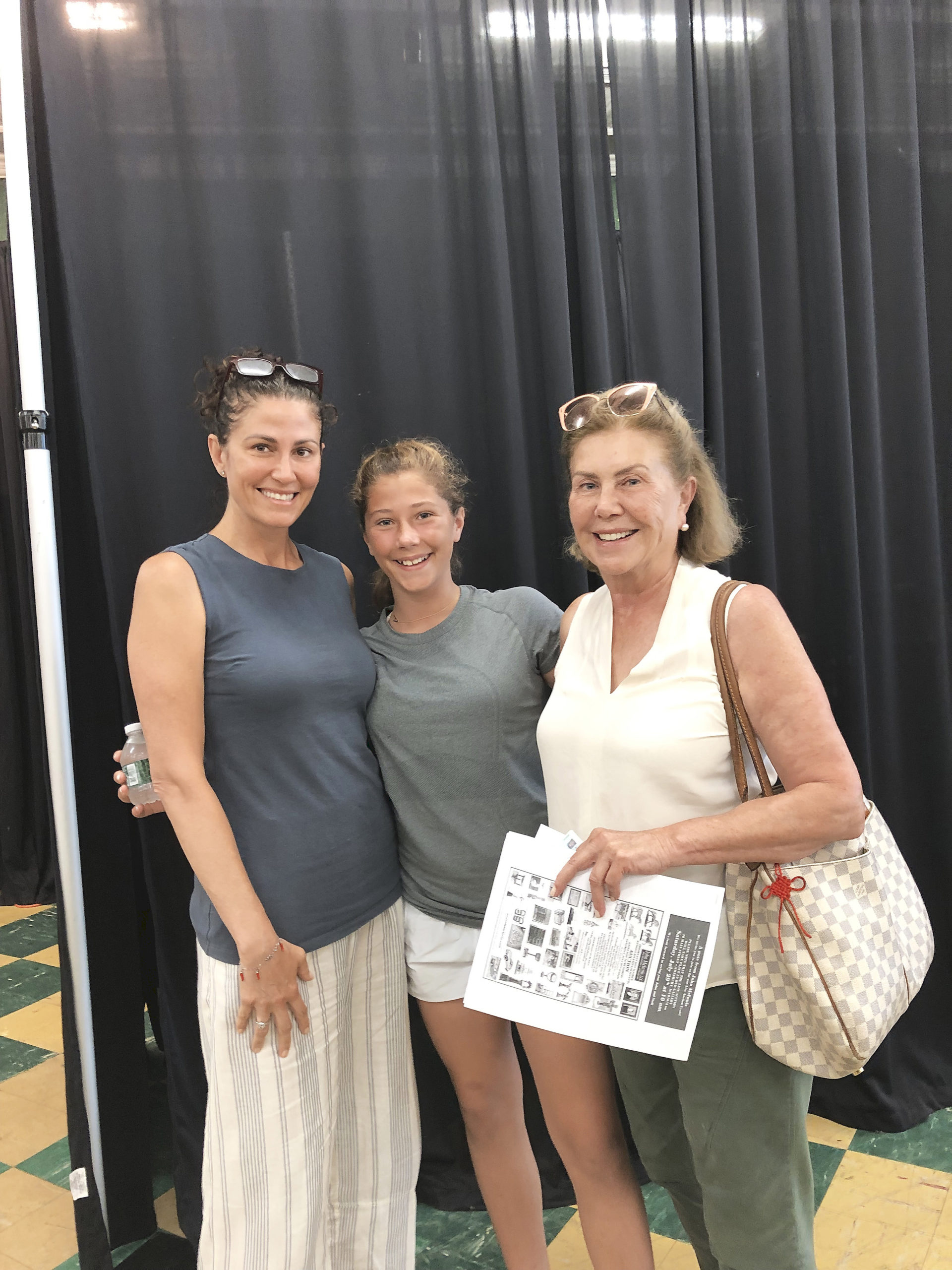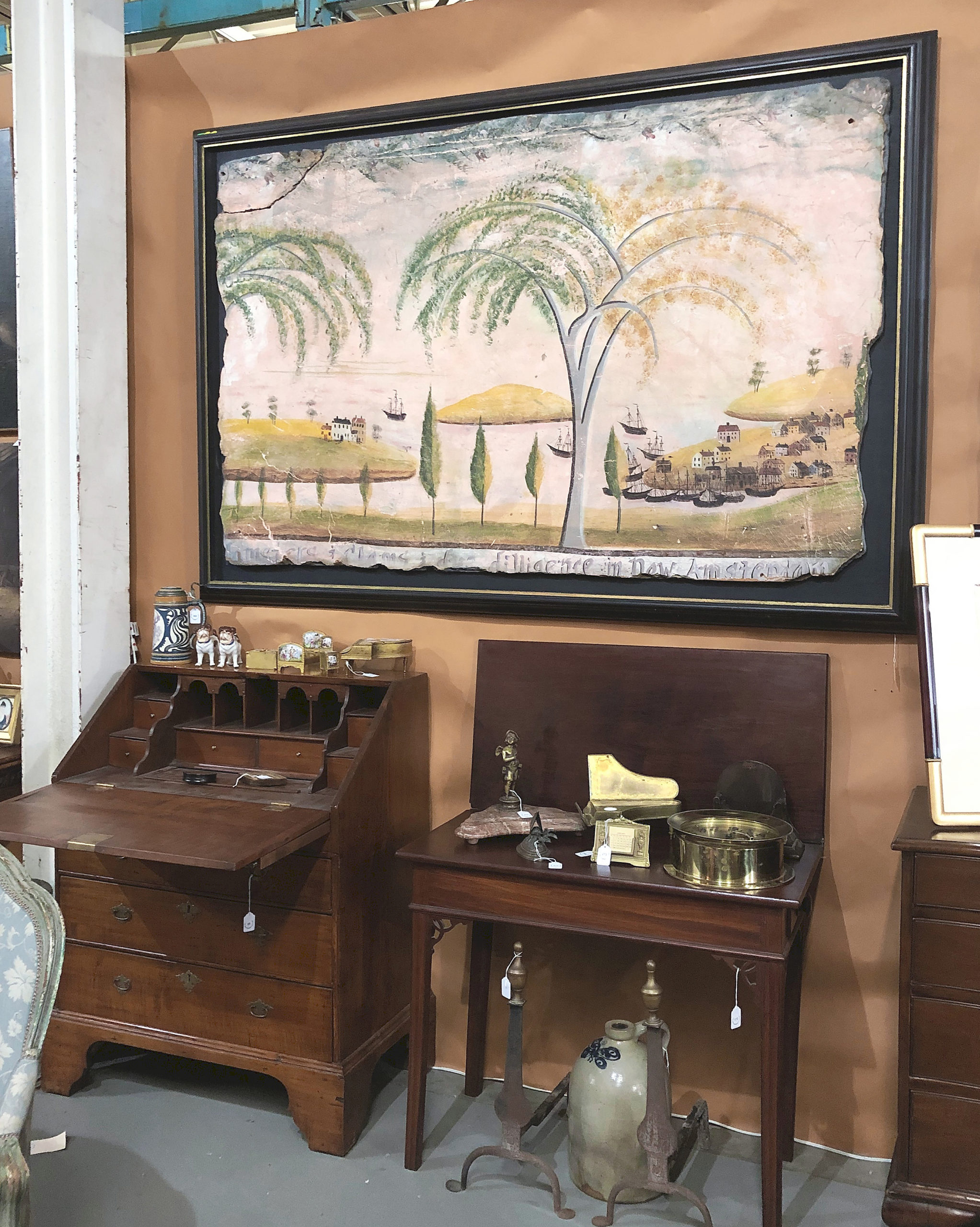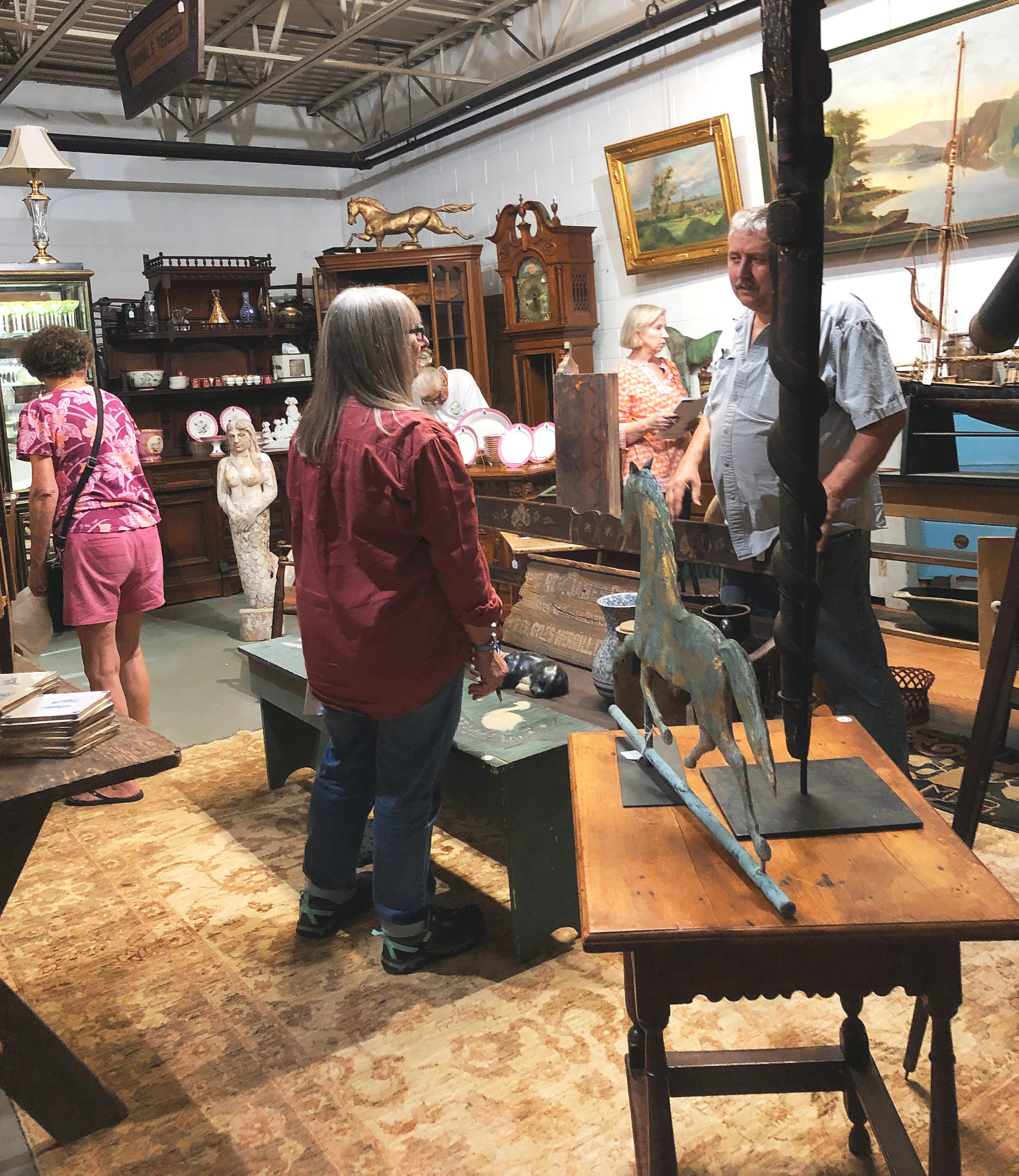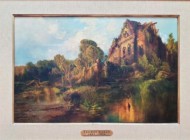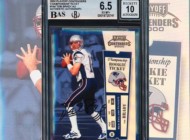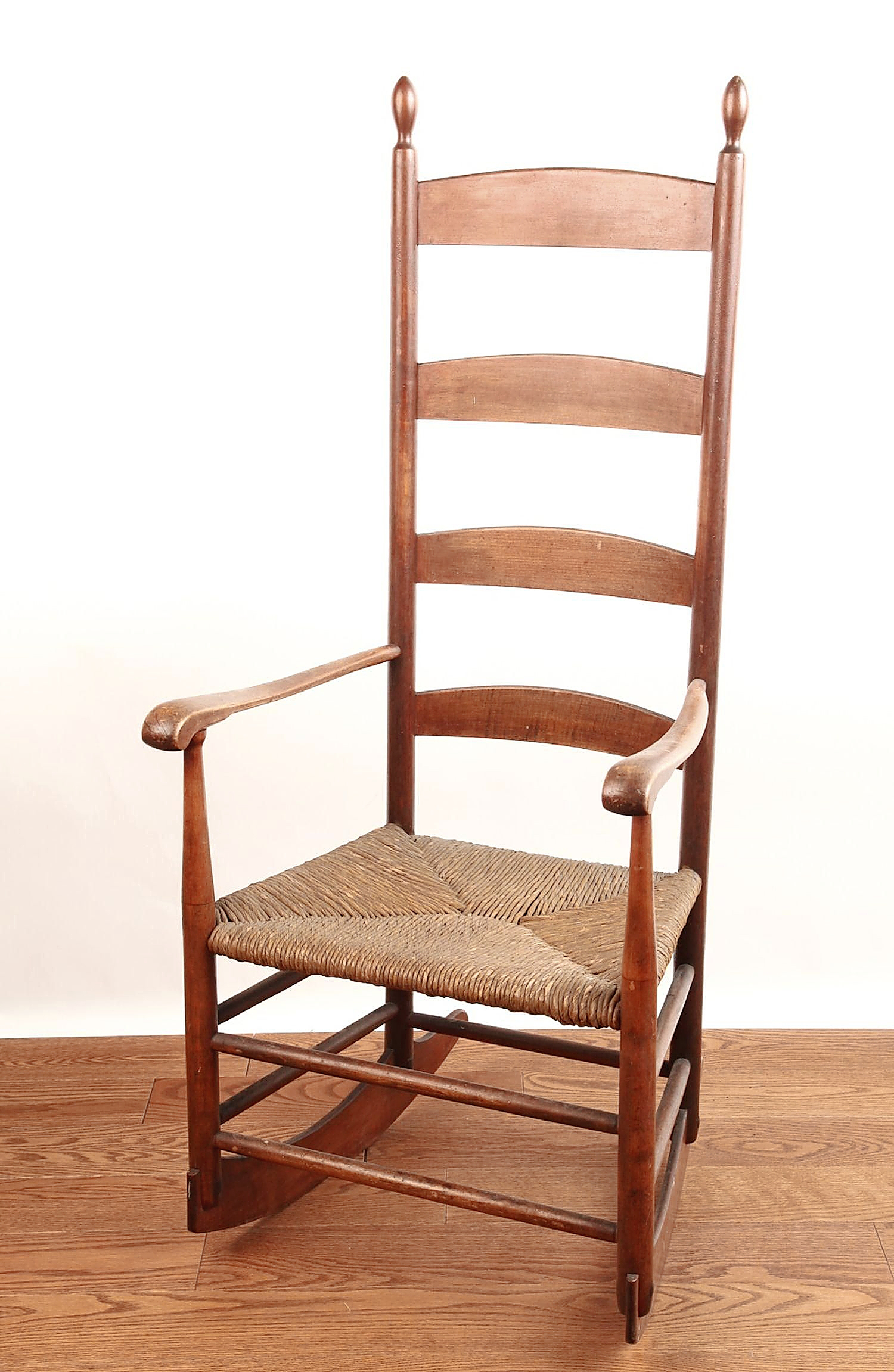
John Keith Russell, a well-known Shaker specialist, said of this Harvard Shaker rocker, “there are very few known rockers from Harvard. It was a wonderful chair and I’m not shocked at the price. Whoever bought it, got very good value for their money.” It sold for $33,840.
Review & Onsite Photos By Rick Russack; Catalog Photos Courtesy John McInnis Auctioneers
AMESBURY, MASS. — Combining sought-after automobiles with folk art might seem an unusual combination for John McInnis, who is known for his sales of Americana and fine arts, but adding vintage cars to auctions has worked for other auctioneers recently and the strategy worked for McInnis, whose July 29 sale totaled $540,000. Despite the hot weather, the preview for the live sale, which offered phone, absentee and online bidding, drew crowds and about 40 active bidders during the sale.
Six items in the sale sold for more than $10,000. Although two of them were weathervanes, they couldn’t compete with a single owner 1982 Porsche 911SC Super Carrera coupe, which sold for $52,080, the highest price of the day. The blue six-cylinder Porsche with a sunroof, in running condition, had 124,139 miles and had belonged to a gentleman in Marblehead, who had always kept it in a garage. McInnis offered a video of the car running, available on request.
The sale began with a dozen weathervanes, several of which were uncommon examples. The first lot of the day was an unusually large prancing horse; it had a flat tail painted with colorful, wavy lines and its head and forequarters appeared to be zinc. It was 32 inches long and had developed a desirable, weathered patina. It sold for $8,680. It was followed by a prancing horse with rider, 29 inches long, that had been made in several sections; the soldered seams added to the overall pleasing surface. Despite needing some tender, loving care — the tail was detached and the ears were missing — it sold for $5,890.
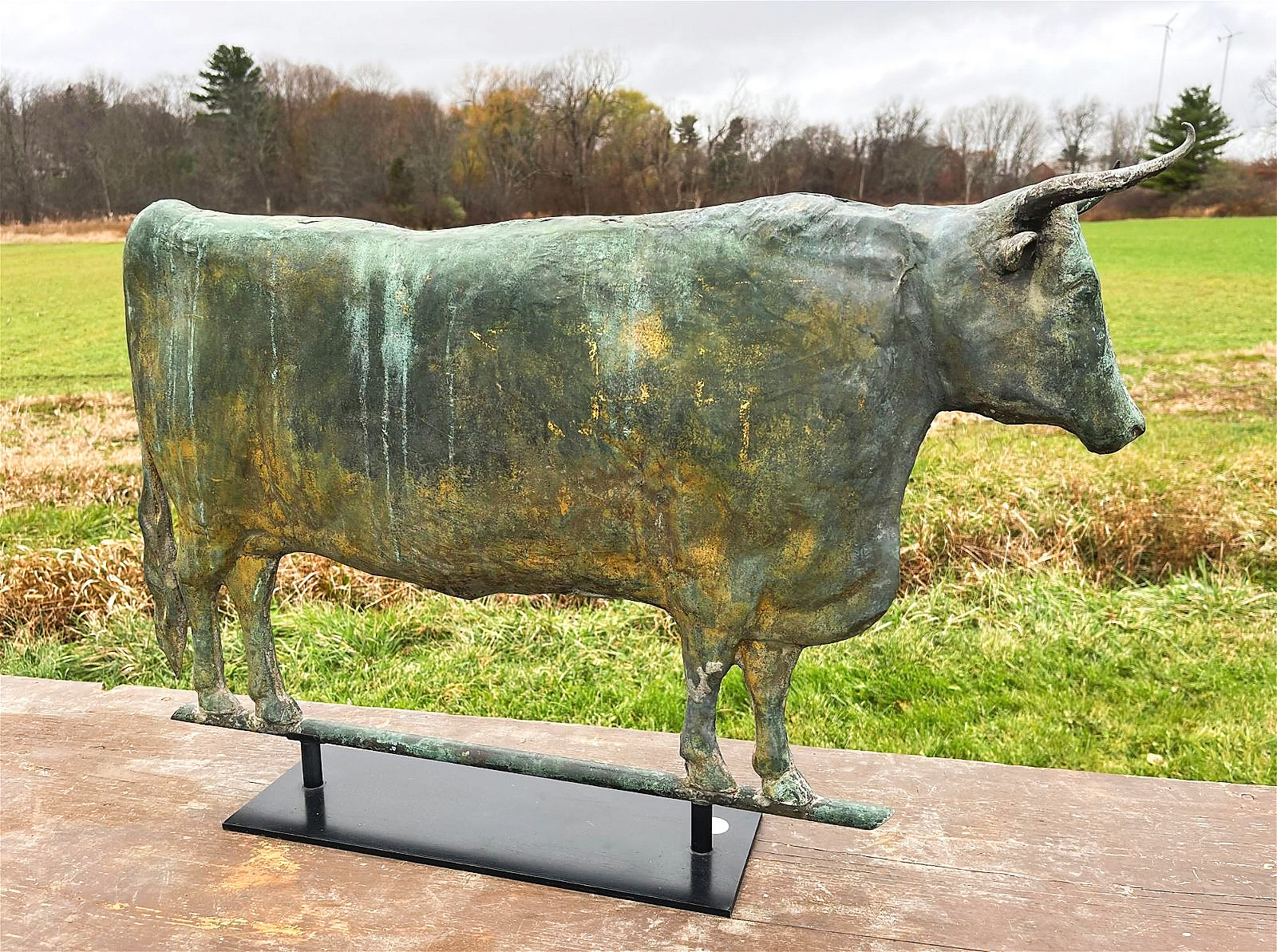
The highest price achieved from a large group of weathervanes was $22,940, for this monumental full-bodied steer weathervane, 32 inches long, which retained some of the original gilding and a well weathered surface.
These two vanes were a warm-up for the third lot, a 32-inch-long impressively large steer with horns with a weathered surface. It ended up being the star of the weathervane collection, finding a buyer for $22,940.
The weathervane group included a small copper leaping stag, 23 inches long, with pronged zinc antlers. It, too, had a weathered surface and brought $14,880, the second-highest price of the weathervane collection. Most of the weathervanes came from a collection that had been assembled in the 1970s. McInnis said that the family had first contacted him about 15 years ago but decided not to sell at that time; “They called me when they were ready.”
Several of the weathervanes sold to a buyer in the gallery, who said that he has been collecting for about 15 years. “The house is full but there’s always room for more.” He was most pleased with his purchase of the leaping stag.
There were only two pieces of Shaker furniture in the sale, but one was rare and outstanding. Made at the Harvard community, it was a tall rocking chair with four back slats and turned arms in very fine condition. It sold for $33,840 to a buyerwho was not previously known to McInnis. Shaker specialist, scholar and dealer, John Keith Russell, said, “There are very few known rockers from Harvard. It was a wonderful chair and I’m not shocked at the price. Whoever bought it got very good value for their money. For me, I think the rockers from Harvard are among my favorites. They’re very well made and have a great look.”
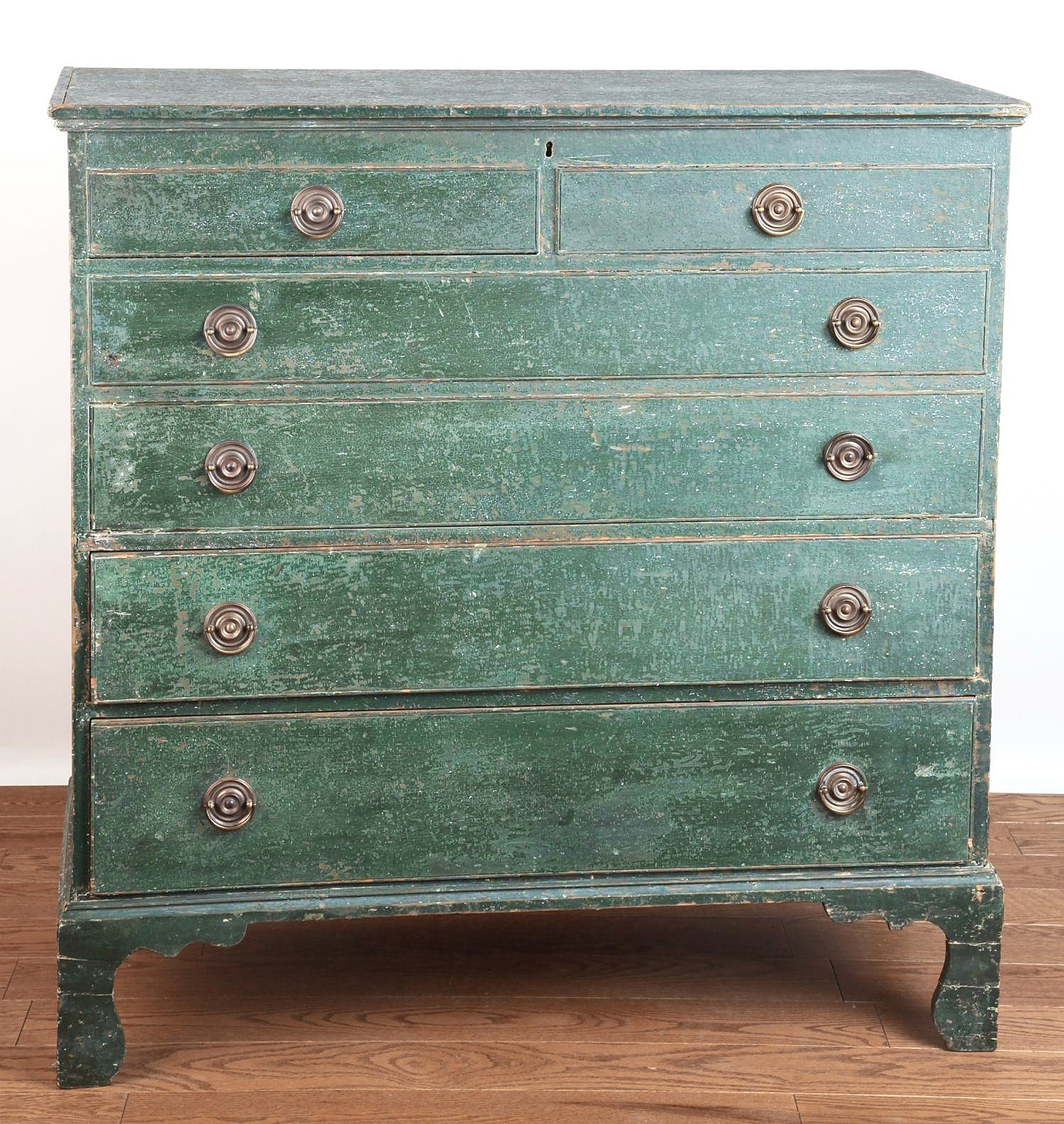
This Nineteenth Century Chippendale lift top blanket chest with a weathered green surface and repaired front feet sold for $1,612.
The other Shaker example, which was offered immediately following the Harvard chair, was a later Twentieth Century Mount Lebanon #6 or #7 rocker with arms that sold for only $93. A side-by-side comparison of the two was an exercise in connoisseurship and underscores the “good-better-best” principle.
Paintings by American artists performed well. The most popular, earning $11,160, was a 1960 Impressionist oil by Richard Schmid (American, 1934-2021); the signed and dated composition was titled “The Reading Light.” Schmid was a New Hampshire resident and the winner of the John Singer Sargent medal for lifetime achievement from the American Society of Portrait Artists. According to the painter’s website, his works are in several prominent museums, including The Smithsonian, the Pennsylvania Academy of Fine Arts, the Art Institute of Chicago and the American Watercolor Society.
Folk art paintings included a Prior Hamblin-school portrait of a gentlemen with sideburns and a bow tie, which earned $3,720. A large Rufus Porter style mural on foamboard by contemporary artist Kevin Paulsen, depicting an early view of Battery Park in New York City, sold for $4,960.
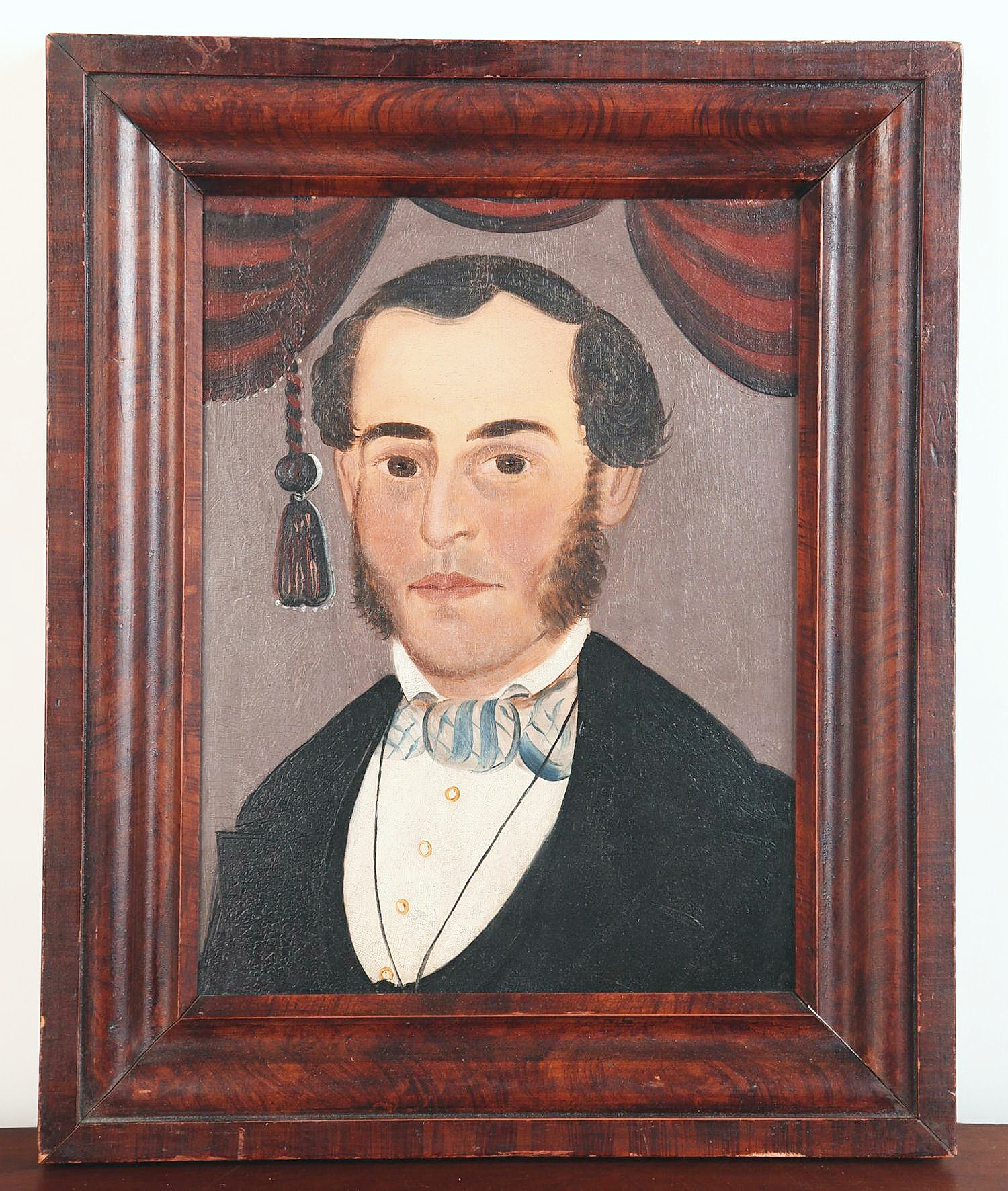
Folk art included this Prior-Hamblen oil-on-paperboard portrait of an unidentified sitter with sideburns and a bowtie; it earned $3,720.
Three paintings each sold for $7,440. One was “Spring on Lexy’s Hill,” an oil on canvas by Texas painter William Slaughter (1923-2003). A Lutheran minister serving in Lubbock and Dallas, Texas, and Mexico City, his first customers were members of his congregation. He ultimately left the ministry after 19 years, becoming a full-time painter.
Two bidders in the gallery were waiting for “Les Enfants Pendus” / “The Gentlemen’s Club” by Russell Cheney (American, 1881-1945) to be sold. It was a large oil on canvas, almost 6 feet square, that had come from the artist’s home in Kittery, Maine. One of the bidders in the room said that this subject matter was unusual for the artist and that he owned four smaller paintings by the artist, all of which were scenes in Portsmouth, N.H.
The third painting to sell for $7,440 was “St John The Baptist,” an earlier work attributed to Salvator Rosa (Italian, 1615-1673) that had been on loan to Harvard’s Fogg Museum. According to the National Portrait Gallery’s biography of the artist, Rosa “was one of the least conventional artists of Seventeenth Century Italy and was adopted as a hero by painters of the Romantic movement in the later Eighteenth and early Nineteenth Centuries. He was mainly a painter of landscapes, but the range of his subject matter was unusually wide and included portraits and allegories.”
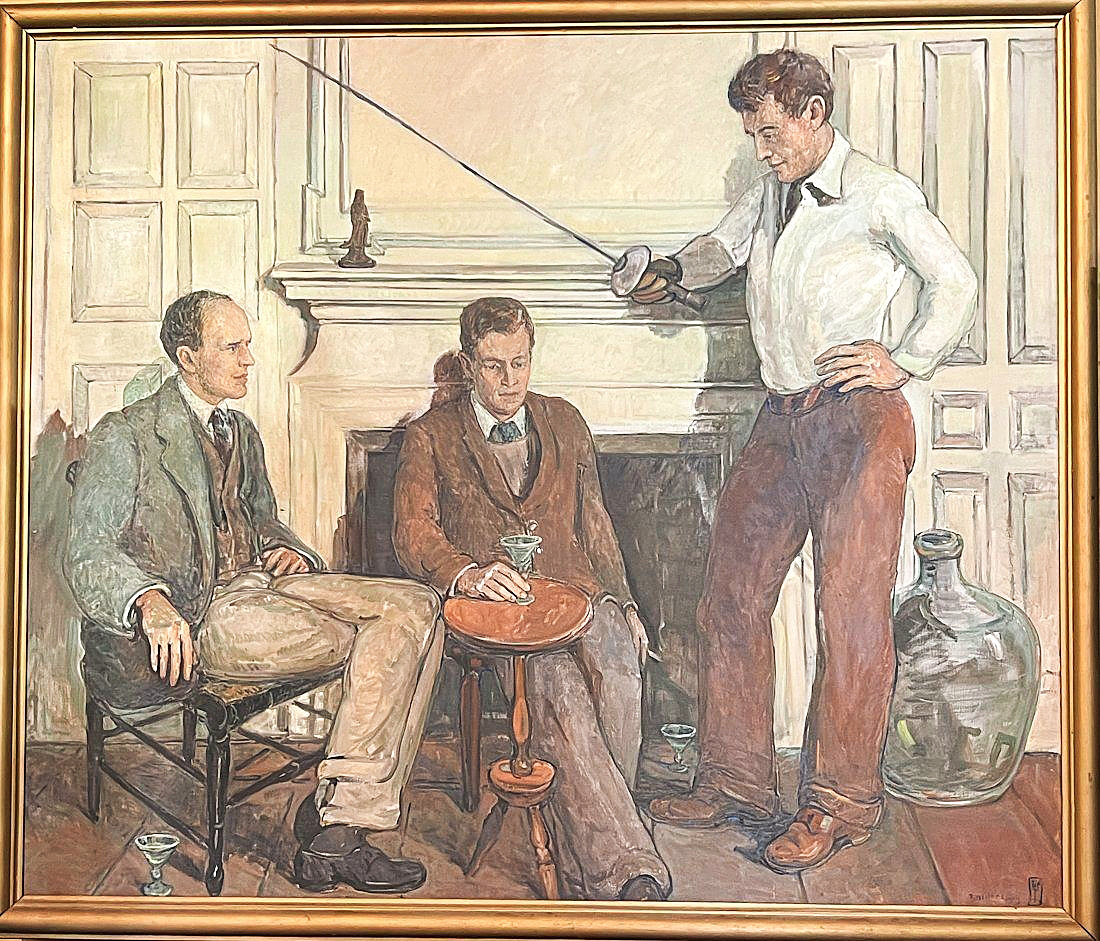
One collector in the room, who had waited to bid on this painting, said most of Russell Cheney’s paintings are much smaller than this one, which is almost six feet square, and depict scenes in Portsmouth. This one, titled “The Gentleman’s Club,” sold for $7,440.
The sale included about two dozen clocks, the most popular being an inlaid Federal period mahogany New Jersey tall case example which realized $6,448. It was well painted, had an unsigned dial, a brass eagle on the pediment and had both second-hand and calendar movements. A New Hampshire gilt front mirror clock, with traces of the original wallpaper from the house where it hung, timed out at $5,580. It had a gilt carved spread-winged eagle pediment and a gilt drop. A reproduction banjo clock by Foster Campos of Pembroke, Mass., with a patriotic reverse painted throat and tablet earned $1,488. For $1,244, a buyer won a circa 1825 banjo made by Roxbury, Mass., clockmaker William Cummens, which had a reverse painted throat and tablet.
There were some good buys to be had in the American furniture category. An Eighteenth Century Pennsylvania corner cupboard, with two glass doors over two of wood earned $372. It had an old — but not original — surface. A cherry Hepplewhite Pembroke table with string inlay sold for $124, the same price achieved by a mahogany Pembroke table. An Eighteenth Century Boston Chippendale game table with corner brackets sold for $279, while bidders played a fiddle-shaped Baltimore inlaid Hepplewhite card table to $496.
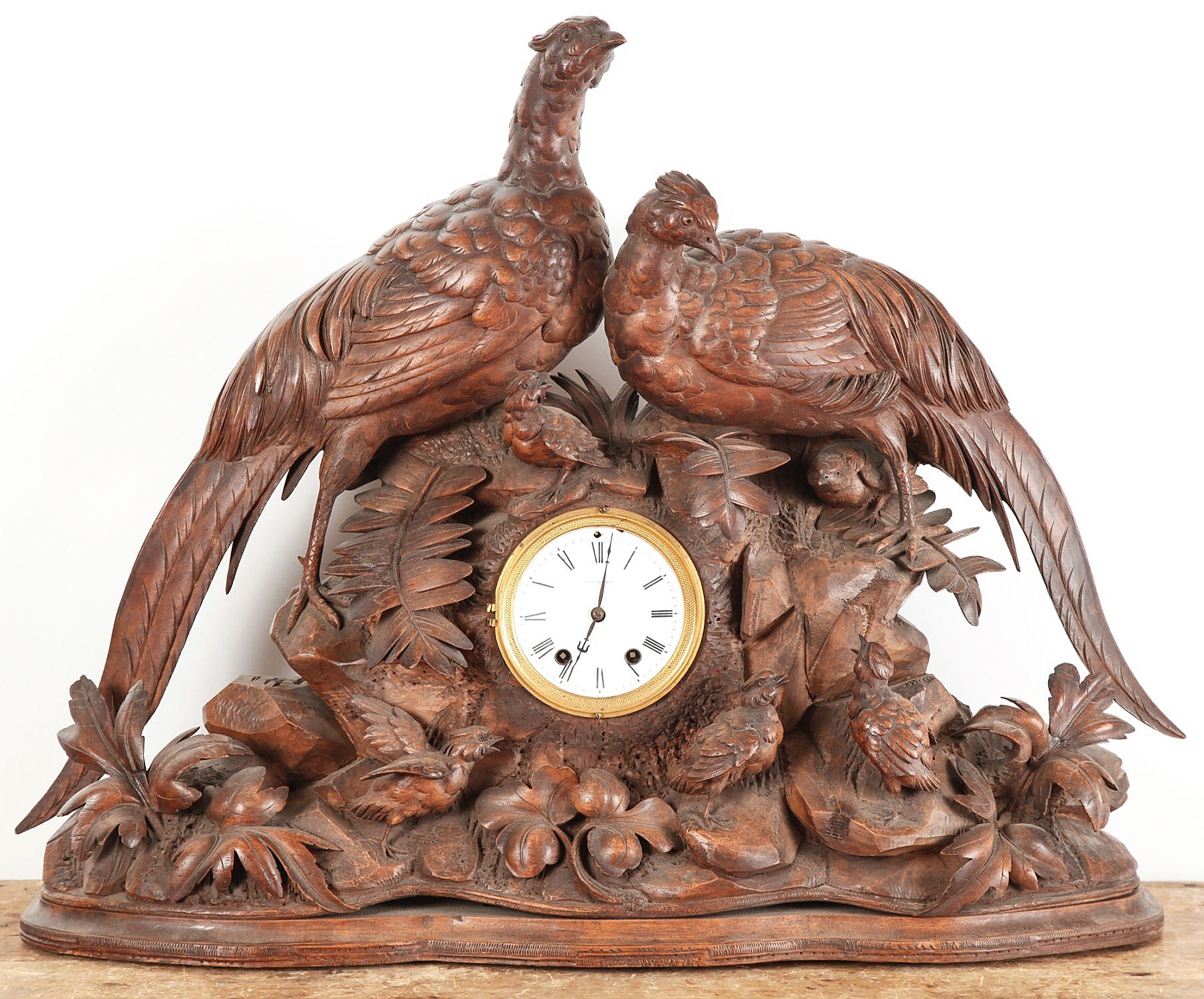
This Black Forest carved mantle clock was 23 inches long, depicted a family of pheasants and included a movement made by Seth Thomas; it rose to $1,860.
After the sale, John McInnis said, “We were pleased with prices throughout this sale and we grossed well over a half million dollars. The crowd in the gallery was larger than we’ve had for some other recent sales, and I thought the prices were where they should have been with just a few exceptions. The clocks did well, some of the furniture did well, the Asian stuff did well and some of the odd-ball stuff-like the Art Deco lamp were pleasant surprises.”
All prices mentioned include the buyer’s premium.
For additional information, www.mcinnisauctions.com or 978-388-0400.

